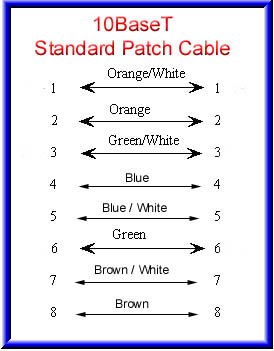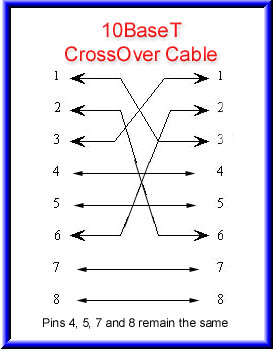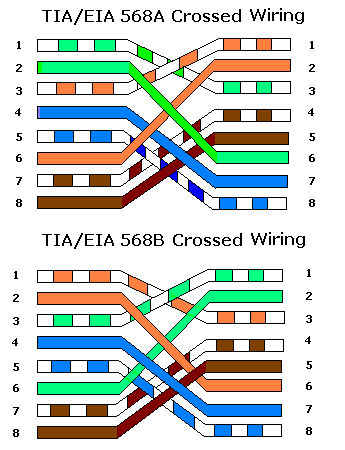There are numerous network protocols in use today, but by far the most pop-ular are Ethernet and Token Ring. Of these two, 10Mbps Ethernet, commonly
known as 10BaseT, is the most popular due to its low cost and ease of installation.
Fast Ethernet, or 100BaseT, however, is quickly becoming a replacement. Both of
these Ethernet standards run over UTP cable in a star topology
Cabling for Fast Ethernet comes in three types: 100BaseTX, the most common,
uses two pairs of Category 5 UTP, 100BaseT4 uses four pairs of Category 3 (rarely
used), and 100BaseFX uses Multimode Fiber-optic cable. In order to run at
100Mbps, the NICs, hubs, and switches must all support the faster standard.
Data grading categories
Higher level, or category, cables have better conductors, better insulation, and
more twists per foot. The levels and what they are used for are as follows:
Level 1: Used for up to 1 megabit per second (Mbps)
Level 2: Used for up to 4Mbps
Level 3: Used for up to 10Mbps
Level 4: Used for up to 16Mbps
Level 5: Used for 150-ohm data grade applications. Required for true
100Mbps.
more twists per foot. The levels and what they are used for are as follows:
Level 1: Used for up to 1 megabit per second (Mbps)
Level 2: Used for up to 4Mbps
Level 3: Used for up to 10Mbps
Level 4: Used for up to 16Mbps
Level 5: Used for 150-ohm data grade applications. Required for true
100Mbps.

The RJ-45 is the key to the whole system. The NIC and hub must have the cables
done in a certain way in order to work. The punch blocks, patch panels, and so on,
this really don’t matter as long as the wire continues correctly from end to end.
done in a certain way in order to work. The punch blocks, patch panels, and so on,
this really don’t matter as long as the wire continues correctly from end to end.
Four-pair wire is the standard with pair 1 as blue, pair 2 as orange, pair 3 as
green, and pair 4 as brown. Colors are always shown with the base color first, then
the stripe color. The RJ-45 is wired as outlined below.
green, and pair 4 as brown. Colors are always shown with the base color first, then
the stripe color. The RJ-45 is wired as outlined below.
Pin 1 White/Orange Transmit +
Pin 2 Orange/White Transmit -
Pin 3 White/Green Receive +
Pin 5 White/Blue
Pin 6 Green/White Receive -
Pin 7 White/Brown
Pin 8 Brown/White

RJ-45 CROSS- OVER CABLE
Pin 1 White/Orange - Pin 1 White/Green
Pin 2 Orange/White - Pin 2 Green/White
Pin 3 White/Green - Pin 3 White/Orange
Pin 6 Green/White - Pin 6 Orange/White
Pin 2 Orange/White - Pin 2 Green/White
Pin 3 White/Green - Pin 3 White/Orange
Pin 6 Green/White - Pin 6 Orange/White

Here the transmit pins have crossed over to the receive pins — a function normally done by the hub or switch.

 ශිල්ප 64
ශිල්ප 64